We completed field work during the week of August 11th, for a new study to create a “microbiome atlas” of symbiotic associations in Populus as part of our Plant-Microbe Interfaces project at ORNL. We partnered locally this time to sample trees in Blount County, Tennessee that are part of a field trial run by the UTIA Center for Renewable Carbon and Dr. Tim Rials. Due to the large sample sizes required for our new metagenomics approaches, and the fact that we needed to dissect out many different tissues, this was a large effort and required bringing in some help and power equipment from experts at Wolf Tree Company.
While there have been numerous studies of the microbial associations of individual plant environments (e.g. the rhizosphere, phylosphere or endosphere) very few have simultaneously examined variation across habitats of the plant as a whole. Simultaneous examination should allow us to better understand microbial the niche specialization and niche overlap of symbiotic partners across the overall tree environment. This will allow us to build an “atlas” of the microbial interactors with Populus trees and better links to their potential functions across Populus. The sampling strategy employed will enable us to comprehensively survey rRNA based microbial diversity across approximately 30 different tissue level habitats in Populus. These were sampled accross different locations within individual trees, between five replicate clonal trees, and across two contrasting genotypes (P. deltoides and P. deltoides X trichocarpa hybrids). Selected plant habitats are also to be examined using metagenome DNA sequencing that will include soils, rhizospheres, root endospheres, heartwood, and leaves that are replicated from samples pooled across the individual trees. Samples are also being used for culture isolations and single cell genomics of targeted microbial species (ectomycorrhizae, Atractiella, Acenitobacter, etc.).

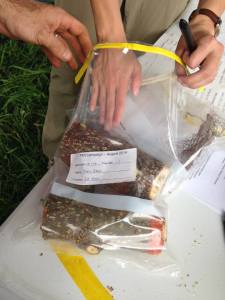
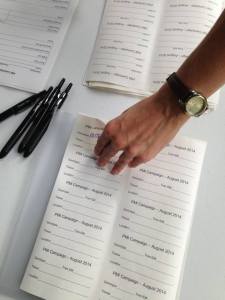
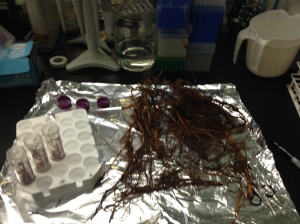

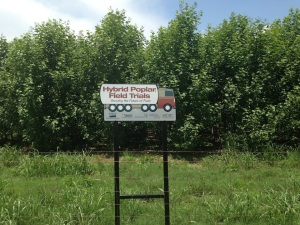
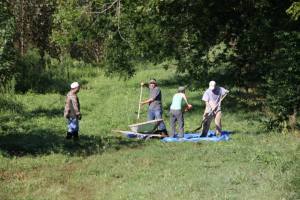
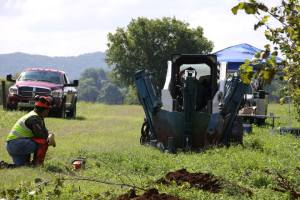
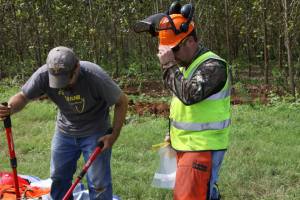
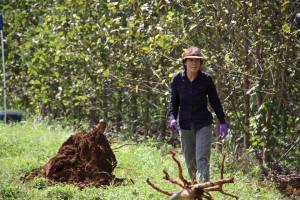
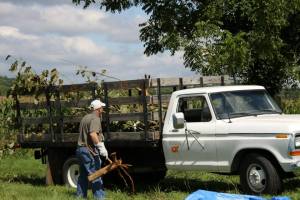
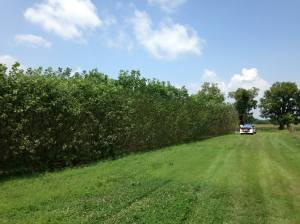
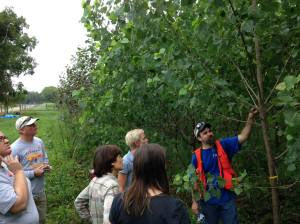
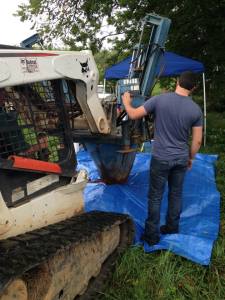
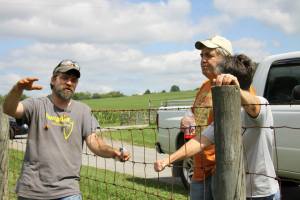
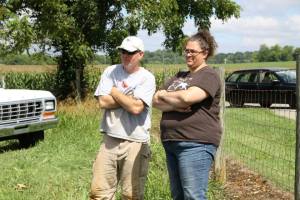
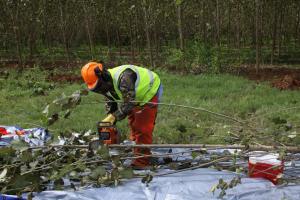
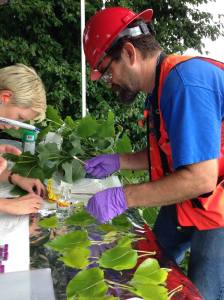
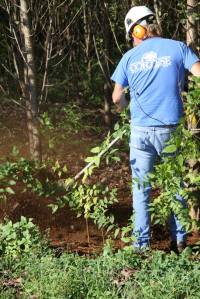
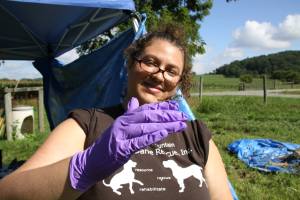
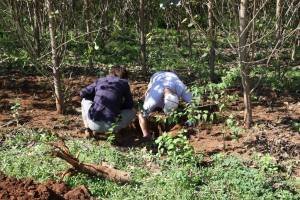
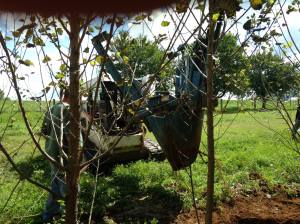
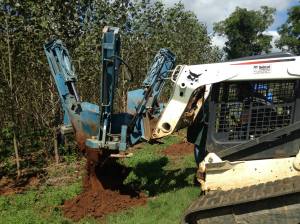
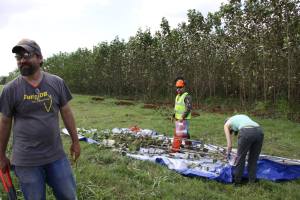
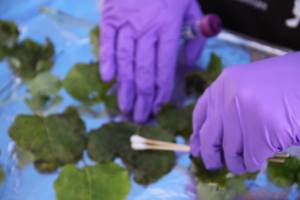
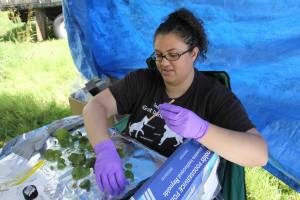
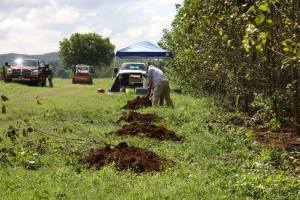
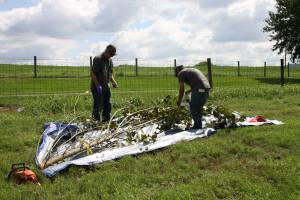
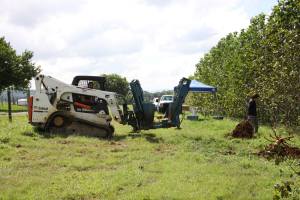
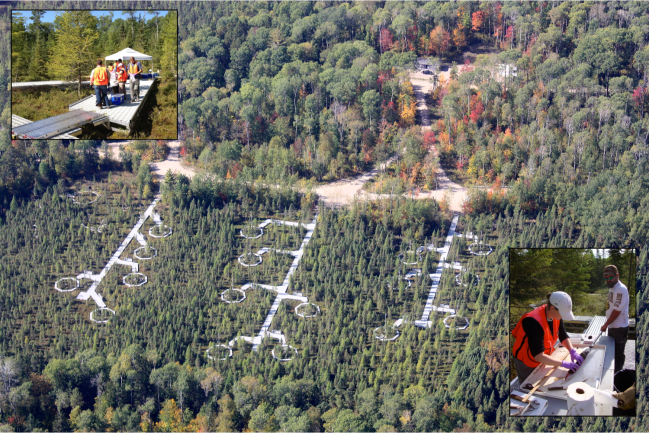
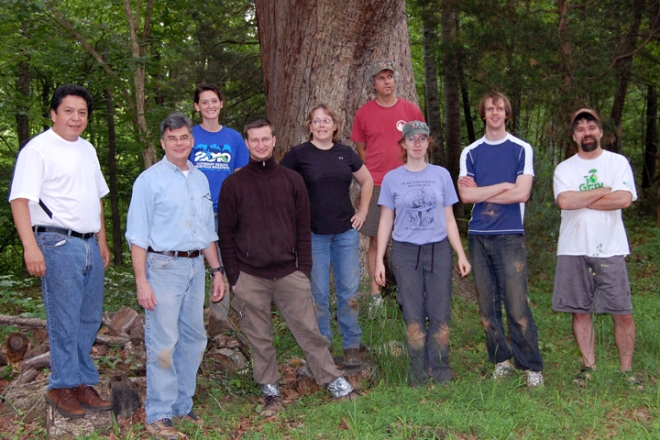
![Andrii_Coring[6]](https://schadtlab.files.wordpress.com/2013/08/andrii_coring6.jpg?w=660&h=992)






